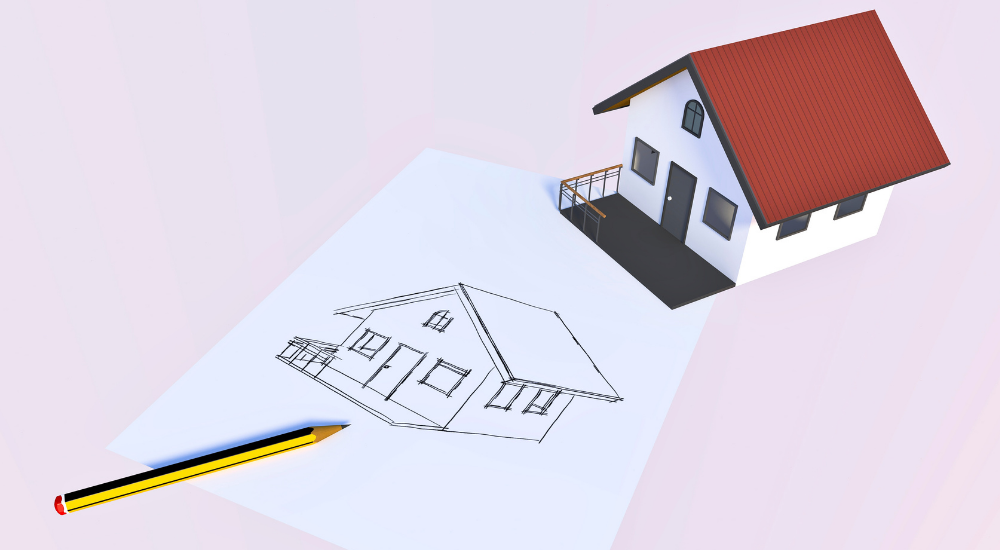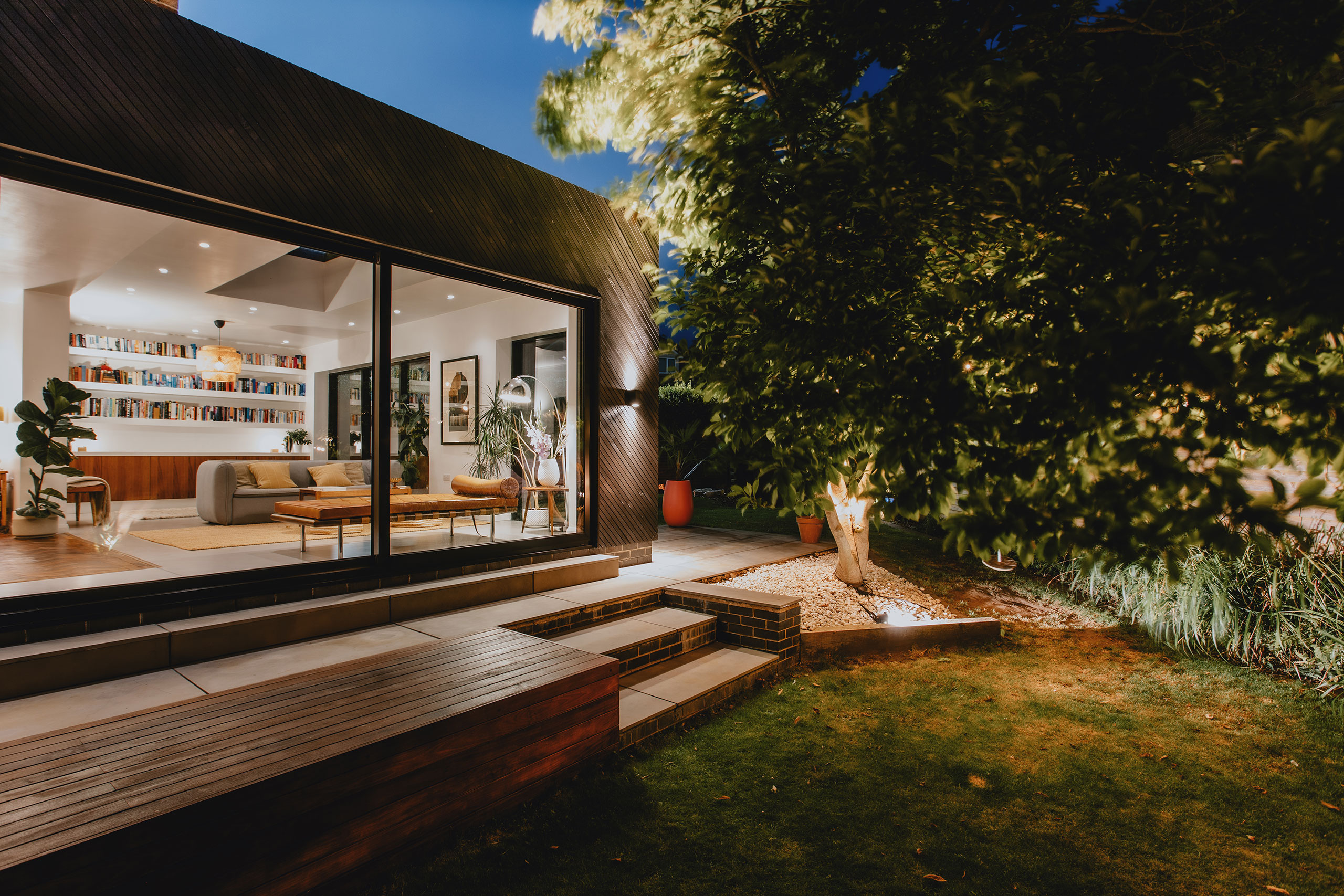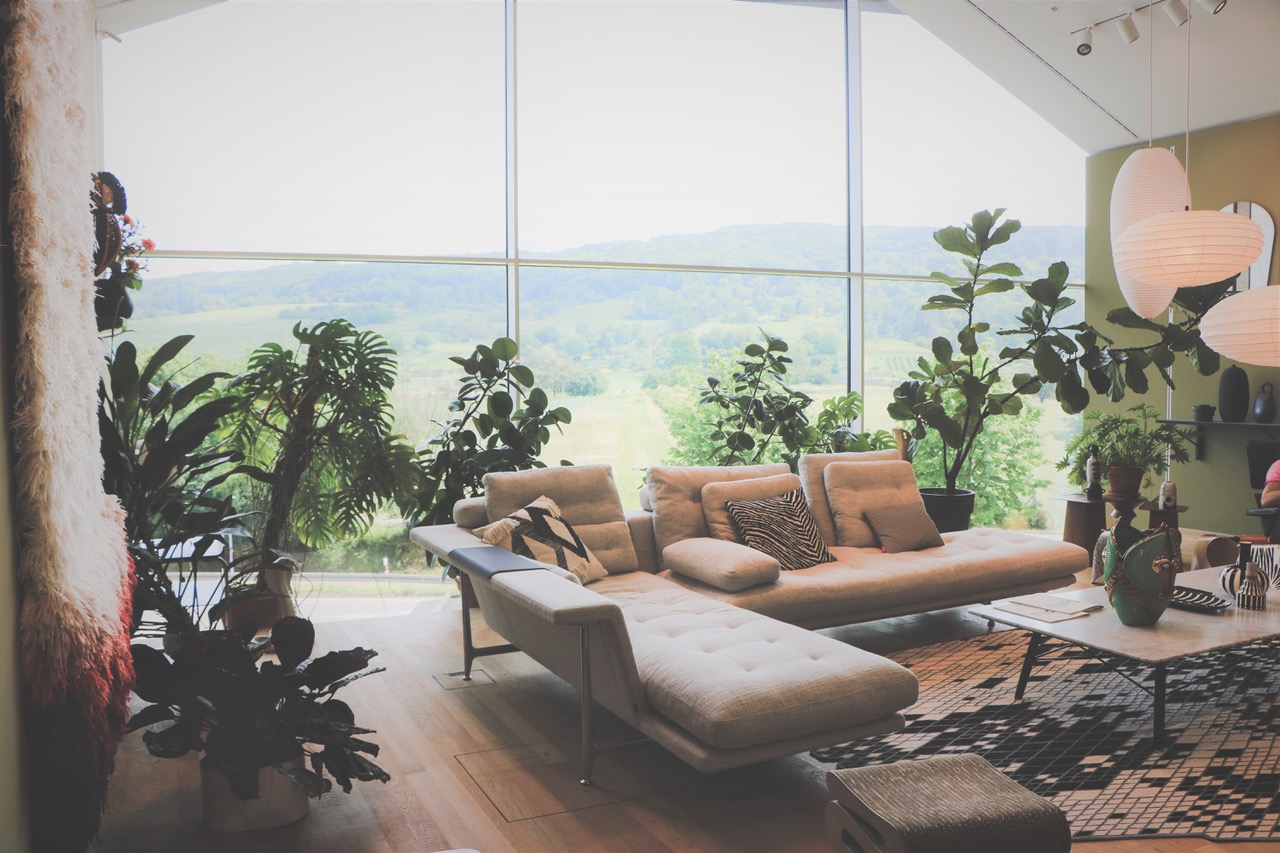
If you’ve ever considered building your own house, you might wonder whether you can save some money by skipping the architect and doing as much of it as possible on your own.
We may be biased, but we truly believe that collaborating with an architect is the best way to turn your dream home into reality. Here’s why.
Realising your vision
Nobody knows your dream home better than you. Discussing your ideas and drawing up a shopping list of features is one of the first steps in collaborating with an architect to build a house. This gives us the perfect starting point for the project.
However, you can’t just build anything anywhere; having an architect on hand throughout the project is absolutely essential to make sure the home you create is safe, usable and permitted within local legislation. It’s our job to take your concepts and turn them into workable architectural designs that not only look great but are structurally sound.
Architectural expertise
Even if you know exactly what you’d like the final build to look like, you might not know how to get there.
By working with an architect, you can be sure that any designs adhere to industry standards and can be interpreted by the rest of the project team. We’ll even take care of all the complicated bits like applying for planning permission that can get pretty tedious when you’re not sure what you’re doing.
Having an architect on board also gives you access to a wide network of talented and dedicated people who can turn your dream home into a reality. From interior designers and suppliers of building materials to fully qualified electrical installers, We can bring the right people on board to get the job done right.
Take ownership
We always find that it’s crucial to the success of a project and the ongoing relationship to make sure the client is involved from the very beginning. As the person who will be living in the house once it’s complete, it’s only natural that you’d want to have a certain amount of control over the decisions.
Ultimately, it’s our job as Lead Architect to sign off on ideas and explain what is and isn’t feasible in terms of budget, planning permission and the structural integrity of a design. When we work together, everything is a joint decision, and we will consult with you at every step of the process to make sure we find the right balance.
A great relationship
We can’t say that building a house is all fun and games, but the process is much more enjoyable and straightforward when you actually enjoy working together.
We pride ourselves on creating relationships with our clients based on trust and a mutual love of the project at hand. When you’re excited about the design, we are excited, too. There’s something truly special about helping people to create their dream home.
It’s also good to have someone in your corner when things get tough, and they will. At some point, your home build will hit a snag, and having someone who knows the ropes and can guide you through the issues is something you’ll definitely be grateful for when the time comes! I’m here to find solutions and put out fires so you don’t have to worry.
Collaborate with Design Haus
Let’s work together to create your dream home. Whether you know exactly what you want or you’re just mulling over a few ideas, I’d love to chat about your dream home.








